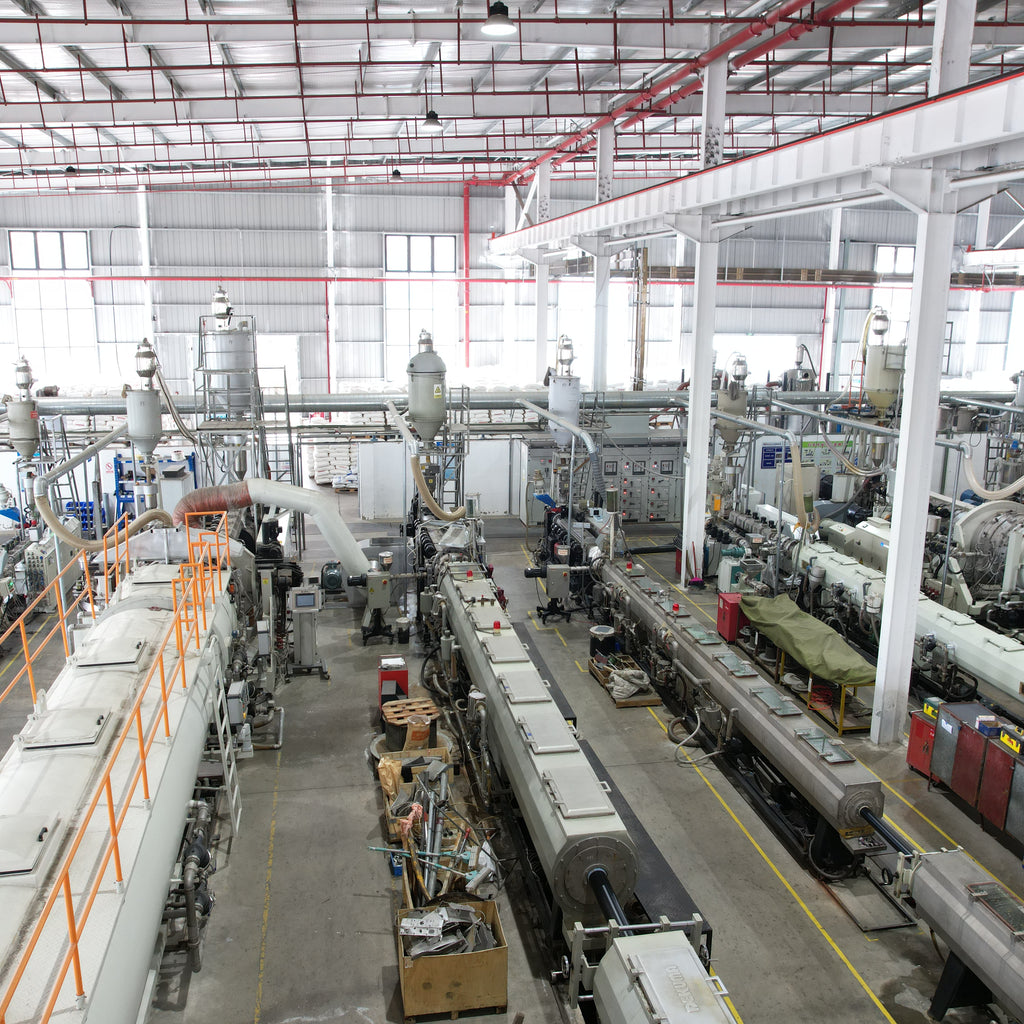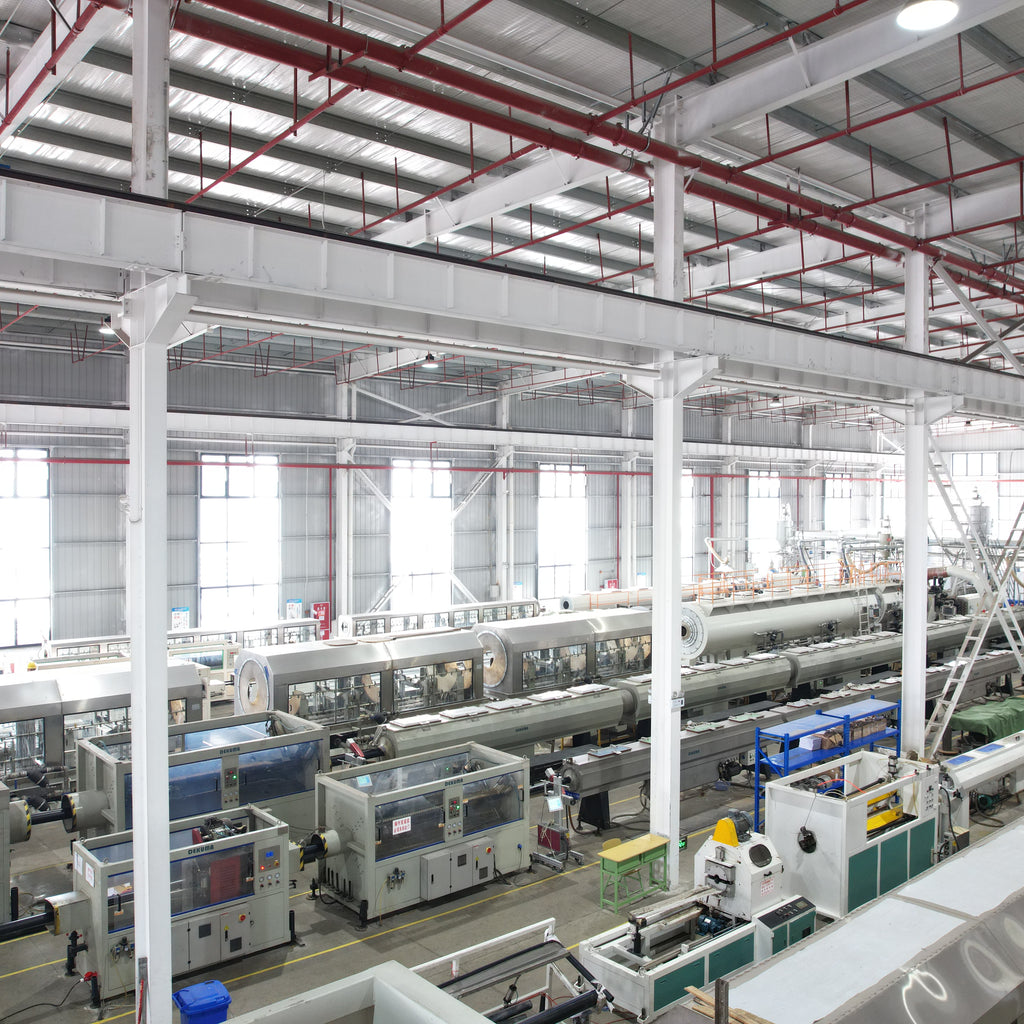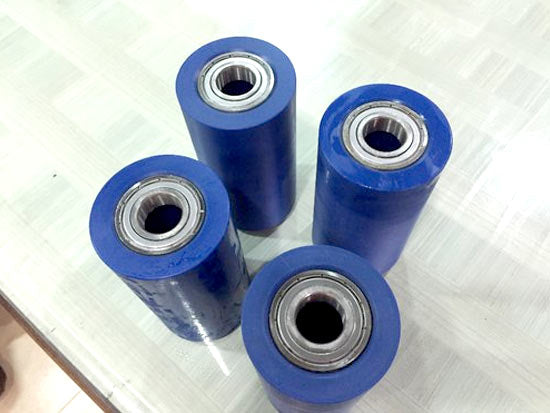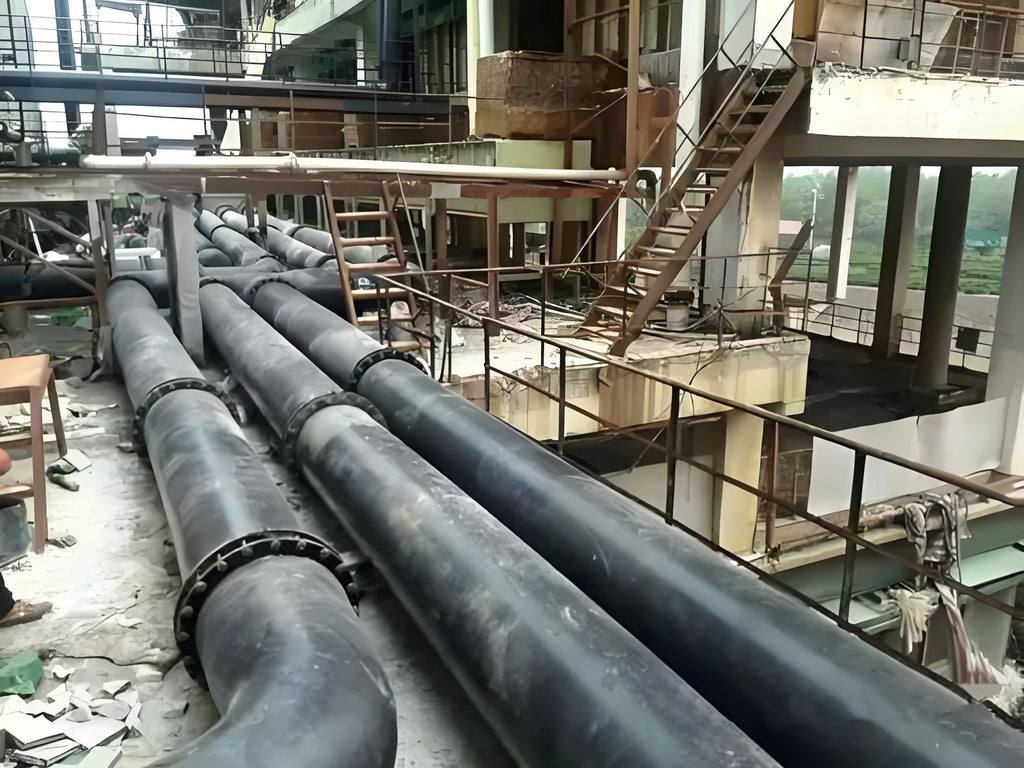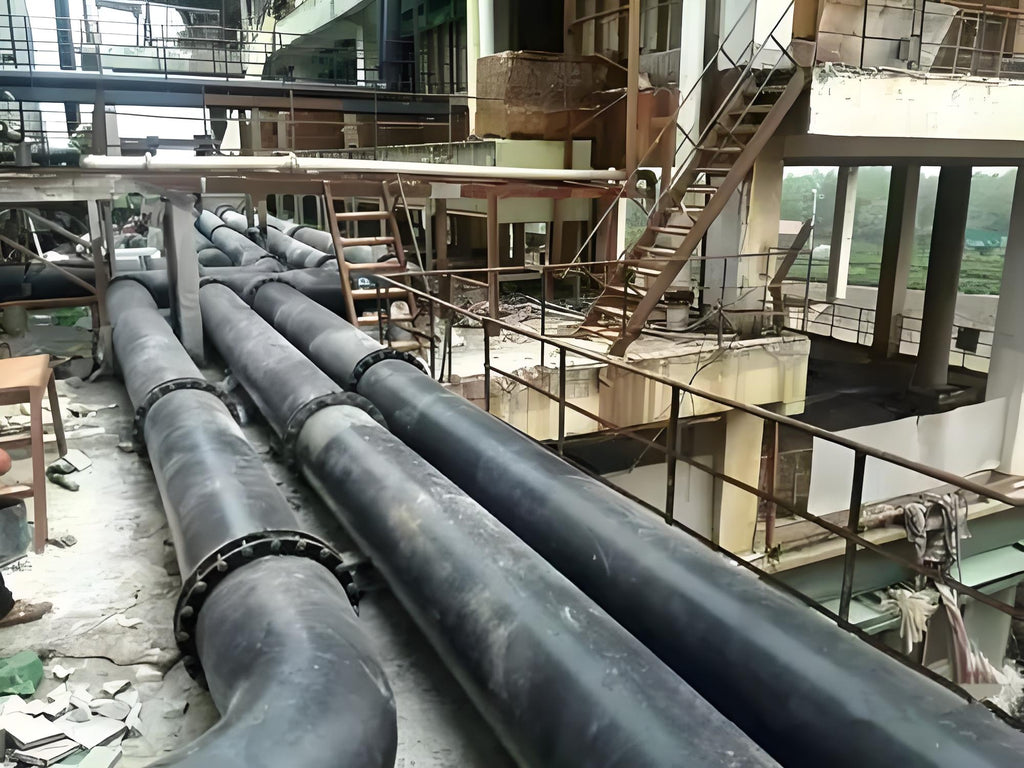-
UHMWPE Rollers: Engineering Excellence for Demanding Material Handling
UHMWPE Rollers: Engineering Excellence for Demanding Material Handling 1. Introduction Ultra-High Molecular Weight Polyethylene (UHMWPE) rollers have redefined performance standards in material handling systems, leveraging the unique attributes of UHMWPE—a thermoplastic with a molecular weight exceeding 3 million g/mol—to outperform conventional steel, rubber, and ceramic alternatives. These precision-engineered components typically integrate a UHMWPE barrel (wall thickness 8–15 mm), high-grade steel shaft (Q235 or 45-grade), premium bearings (SKF, NSK, or LYC), and patented labyrinth seals, creating a solution that addresses critical industrial pain points: excessive wear, frequent maintenance, energy inefficiency, and operational contamination. Compliant with ISO 9001... -
UHMWPE Pipes: Advanced Material Properties, Composite Innovations, and Industrial Applications
UHMWPE Pipes: Advanced Material Properties, Composite Innovations, and Industrial Applications 1. Introduction Ultra-High Molecular Weight Polyethylene (UHMWPE) pipes—defined by a molecular weight of 1.5–15 million g/mol—represent a pinnacle in high-performance fluid and solid conveying technology. Distinguished by their entangled linear polymer chains and near-zero melt flow index, these pipes address the critical limitations of traditional steel, HDPE, and PVC alternatives in abrasive, corrosive, and extreme-temperature environments. Recent advancements in composite structures (e.g., steel-lined UHMWPE) have further expanded their capabilities, enabling high-pressure applications up to 6.4 MPa. Compliant with standards including ASTM D3306 and GB/T 32471, UHMWPE... -
Ultra-High Molecular Weight Polyethylene (UHMWPE) Pipes: Material Science, Technical Advantages, and Industrial Applications
Ultra-High Molecular Weight Polyethylene (UHMWPE) Pipes: Material Science, Technical Advantages, and Industrial Applications 1. Introduction Ultra-High Molecular Weight Polyethylene (UHMWPE) pipes—characterized by a molecular weight exceeding 1.5 million g/mol—represent a transformative advancement in fluid and solid conveying systems. Distinguished by their entangled linear polymer chains and near-zero melt flow index, these pipes surmount the limitations of traditional steel, HDPE, and PVC alternatives, particularly in abrasive, corrosive, and extreme-temperature environments. As a globally recognized high-performance material compliant with standards including ASTM D3306 and GB/T 32471, UHMWPE pipes are redefining reliability across industries from mining to food processing....


